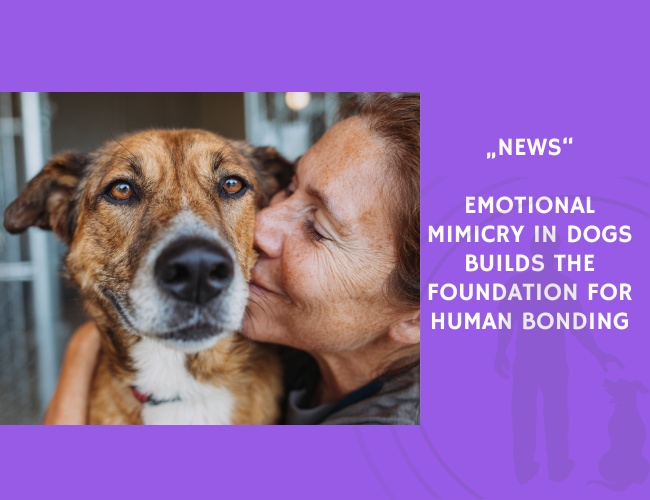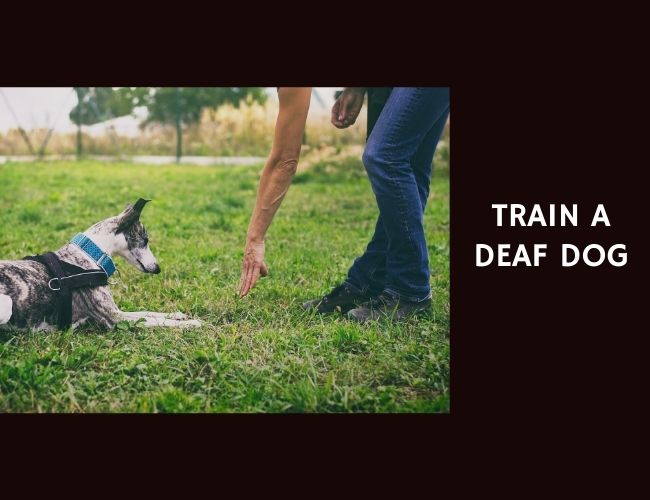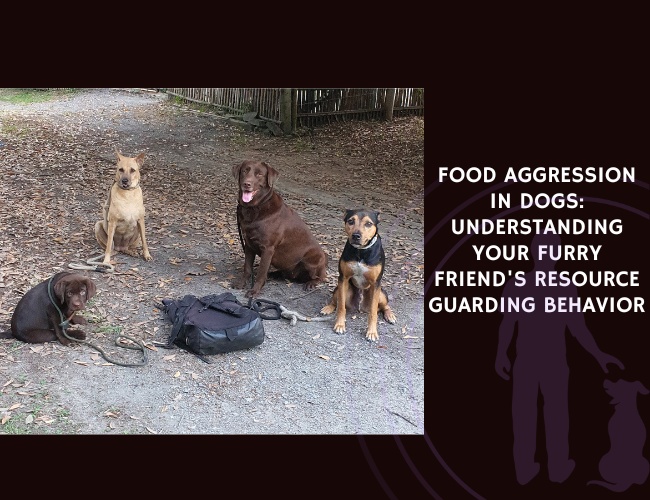Understanding how dogs emotionally connect with humans begins with examining their ability to synchronize emotionally and physically with other dogs. In a 2020 review by E. Palagi and Giada Cordoni, the researchers explore two key behaviors—rapid mimicry (RM) and yawn contagion (YC)—as building blocks for affective connectedness in canids. These behaviors are not just automatic reactions but reflect the capacity to share emotional states with others, a phenomenon known as emotional contagion.
RM involves spontaneously copying another’s body movements, such as playful signals or facial expressions, within less than a second. YC, on the other hand, is the tendency to yawn in response to another’s yawn, often seen among bonded individuals. Both behaviors were shown to occur more frequently in close social relationships, suggesting that emotional synchronization is socially modulated.
The review compares data from dog–dog, dog–human, and wolf–wolf dyads to trace how emotional mimicry evolved. Evidence indicates that the foundations for inter-specific emotional sharing between dogs and humans may have been inherited from ancestral behaviors already present in wolves. However, domestication appears to have enhanced dogs’ empathic predisposition toward humans, making them particularly adept at engaging in affective synchrony across species boundaries.
Notably, dogs’ capacity for spontaneous mimicry is most pronounced in relaxed, affiliative contexts—where dominance hierarchies are less influential—suggesting that emotional resonance flourishes in cooperative, trusting relationships. The implications of this are significant: when dogs and humans mirror each other emotionally or behaviorally, it reinforces the sense of mutual understanding and attachment.
This work contributes to a growing field of research linking motor synchronization to empathic engagement. By identifying continuity between intraspecific and interspecific emotional connections, Palagi and Cordoni underscore that dogs’ emotional intelligence is not only real but evolutionarily grounded. For dog guardians, fostering environments that allow free, relaxed mimicry may help deepen the emotional intimacy they share with their pets.
Source: Elisabetta Palagi and Giada Cordoni. 2020-02-01. “Intraspecific Motor and Emotional Alignment in Dogs and Wolves: The Basic Building Blocks of Dog–Human Affective Connectedness.” Animals, 10. https://doi.org/10.3390/ani10020318










